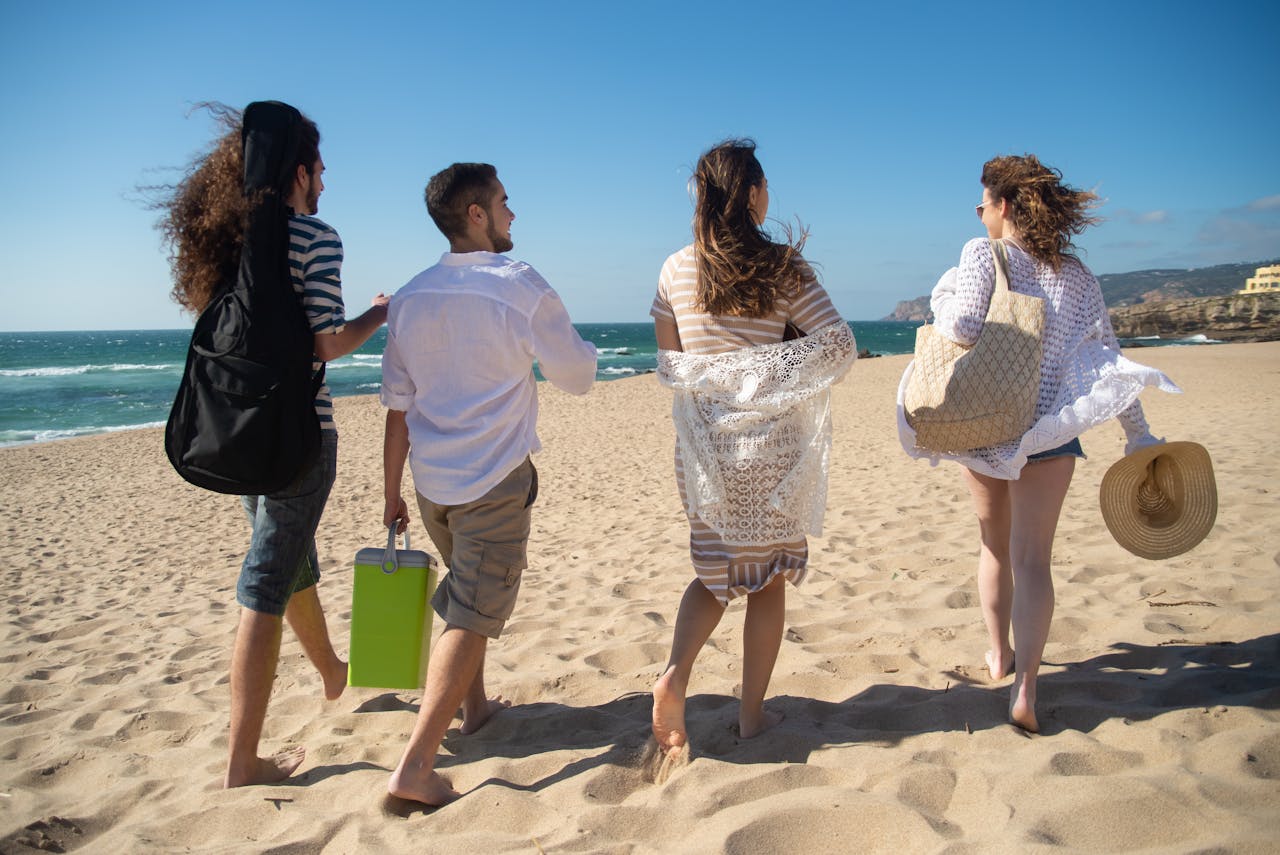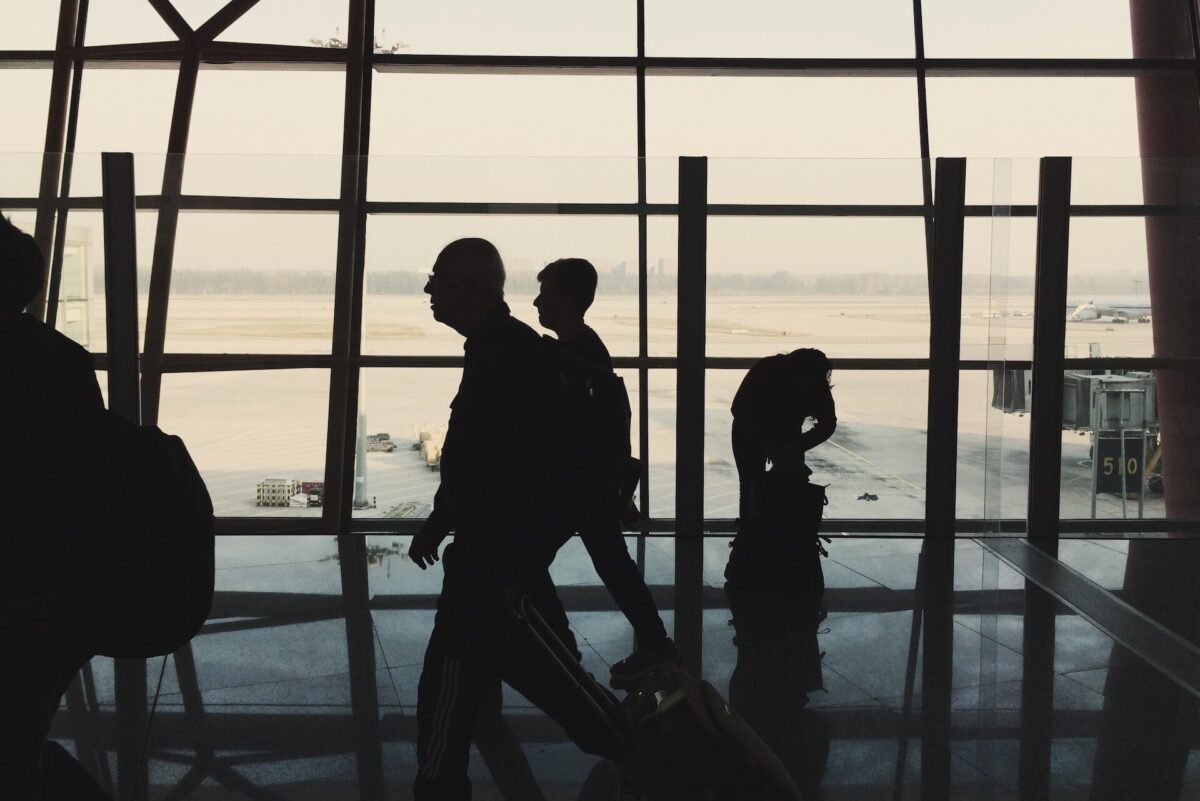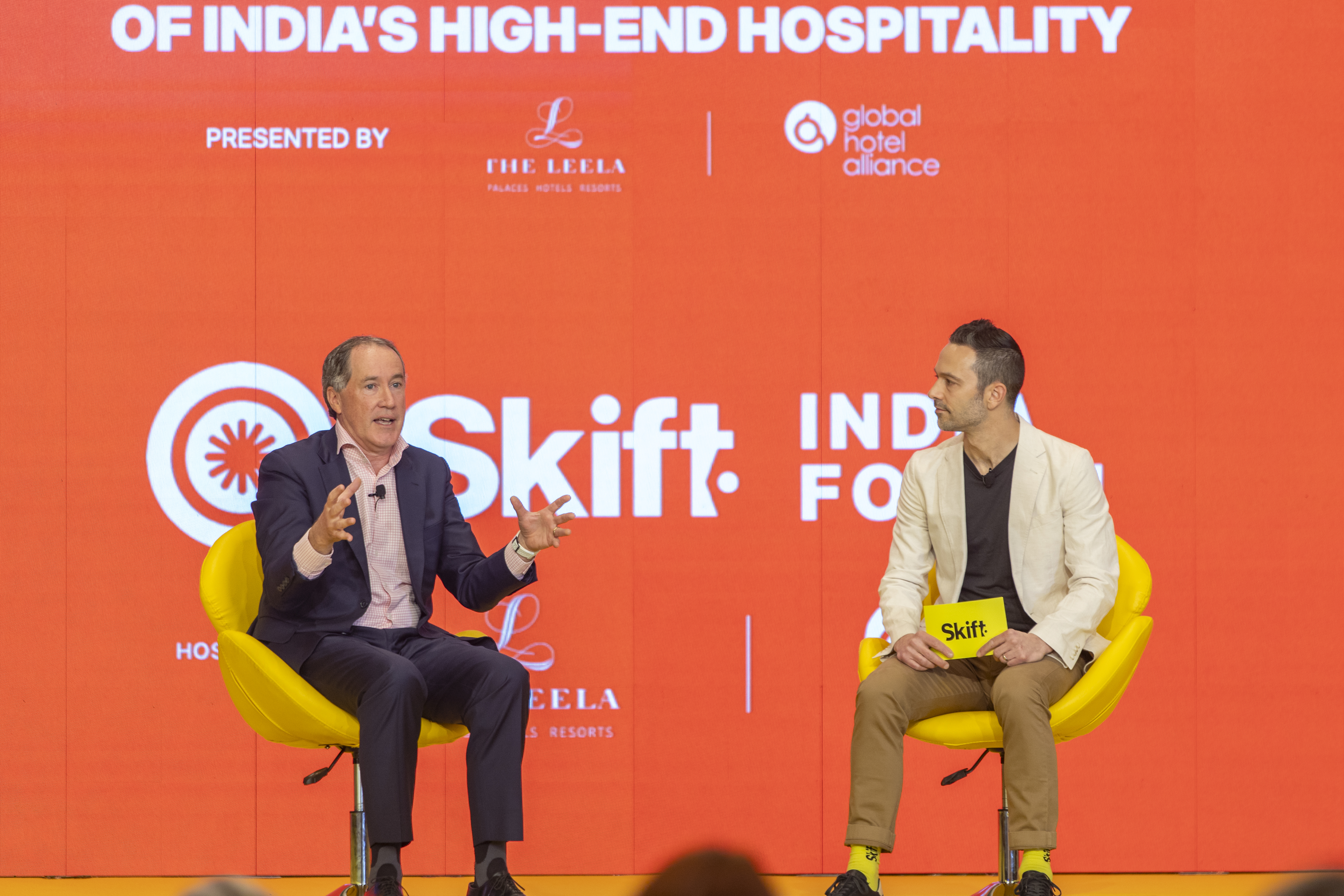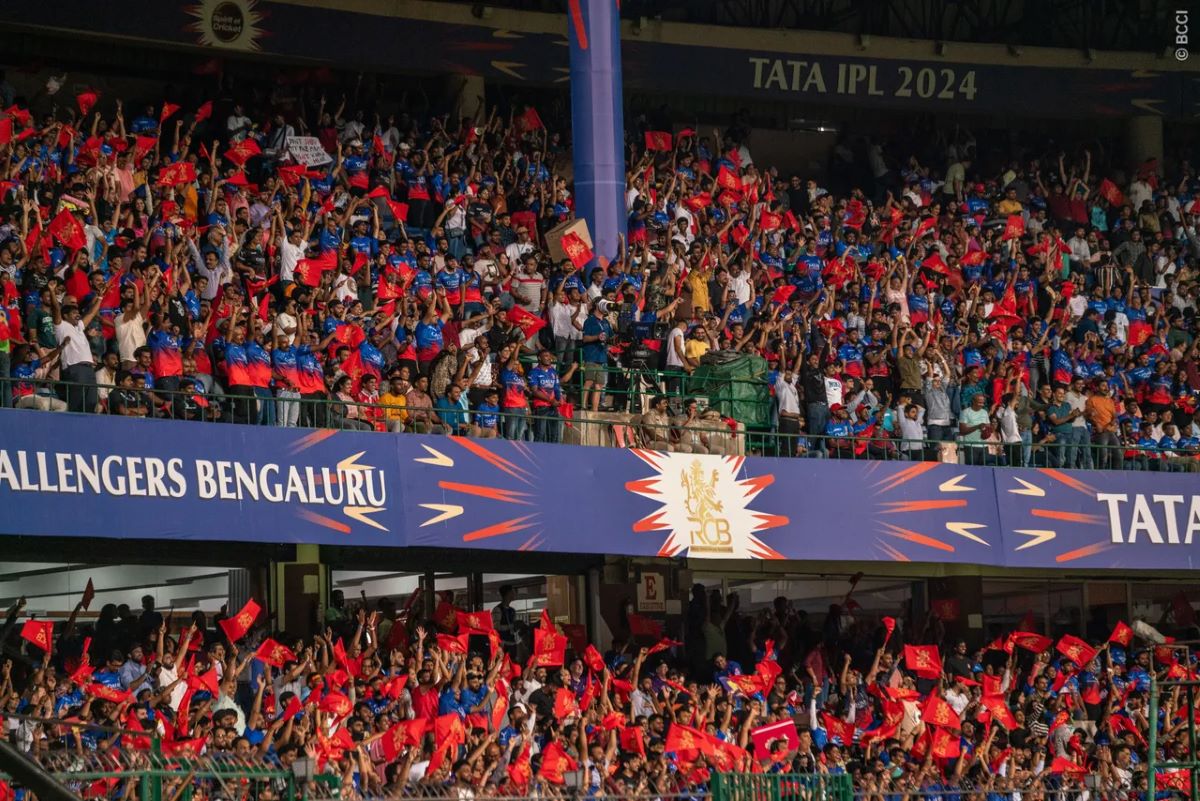Visa Delays Hurt U.S. Tourism Marketing
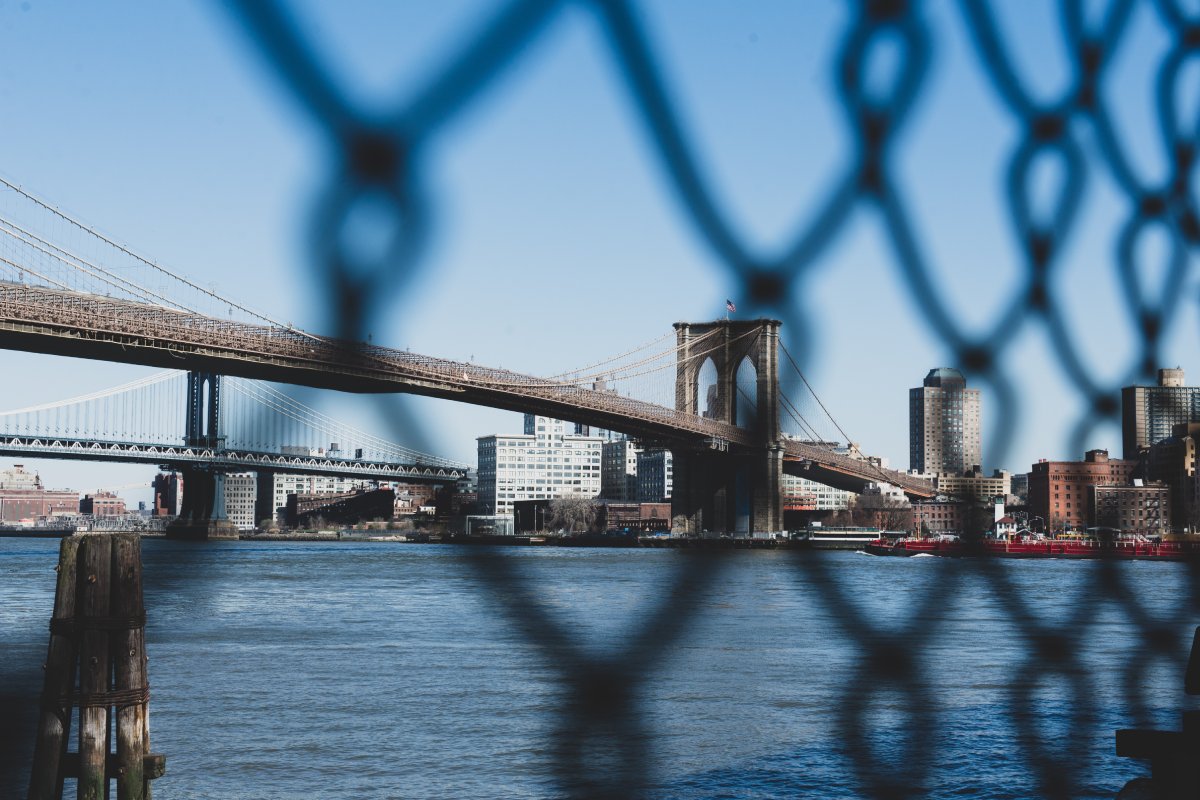
Skift Take
Long visa processing times are restricting destination marketers' ability to attract new tourists from key international markets.
The average wait time for a U.S. embassy interview for a first-time visitor visa applicant in India, Brazil, China and other top countries for U.S. tourism exceeds over 400 days on average, according to the U.S. Travel Association. Wait times vary by embassy in each country.
“To grow, we have to be able to attract new travelers who need visas,” said NYC Tourism +Conventions President and CEO Fred Dixon.
In these countries with long visa backlogs, destinations focus on tourists who don't have to wait. “In those countries where visa wait times are an issue, we're partnering directly with the travel trade to target people who already have a valid visa,” said Adam Burke, president and CEO of LA Tourism.
NYC Tourism + Conventions is taking a similar approach. “Travel trade in these markets help us focus our visitation driving spend on folks who already have visas,” said Rachel Inseler, vice president of international marketing and operation at NYC Tourism + Conventions. “We can make sure we're targeting our messaging at people who are ready to travel now, and the goal is to have somebody book a flight.”
In many of these countries, there are large segments of tourists with valid visas. There are about 5 million people in India with a valid 10-year visa, said LA's Burke.
“Luckily we have 10-year visas in many of these markets,” said New York's Dixon. “Because there's a high repeat factor of travel, there is still a good base of business coming from those.”
The specialized targeting underscores the Skift megatrend that the travel industry’s recovery will have to lose billions of dollars and international travel won’t return to its pre-pandemic level until 2025 due to visa processing delays.
“Visa issue times are probably the single biggest issue that has to be solved,” said Burke.
To reduce the backlog, the State Department has taken a number of steps, Deputy Assistant Secretary of State for Visa Services Julie Stufft told Skift in February. These steps include: waiving interview requirements; interviewing applicants on weekends; filling processing staff to their pre-pandemic level.
LA’s Burke and New York’s Dixon noted there have been some improvements in wait times. Burke said initiatives like waiving interview requirements for visas that expired in the past 36 months and adjudicating visa applications through consulates in other countries have been smart and helpful.
In Brazil, some embassy wait times have dropped substantially. As of July 30, an aspiring tourist would have to wait over 100 days for an interview at the U.S. embassy in Rio De Janeiro, a big drop from over 400 in early January.
But more work needs to be done, said Dixon. “We're hearing progress is being made, but we're not there yet,” he said.
In many embassies, tourists still have to wait over a year. At the Mumbai embassy, it’s a wait of 598 days, which is lower than 999 days in early January but still over a year.

